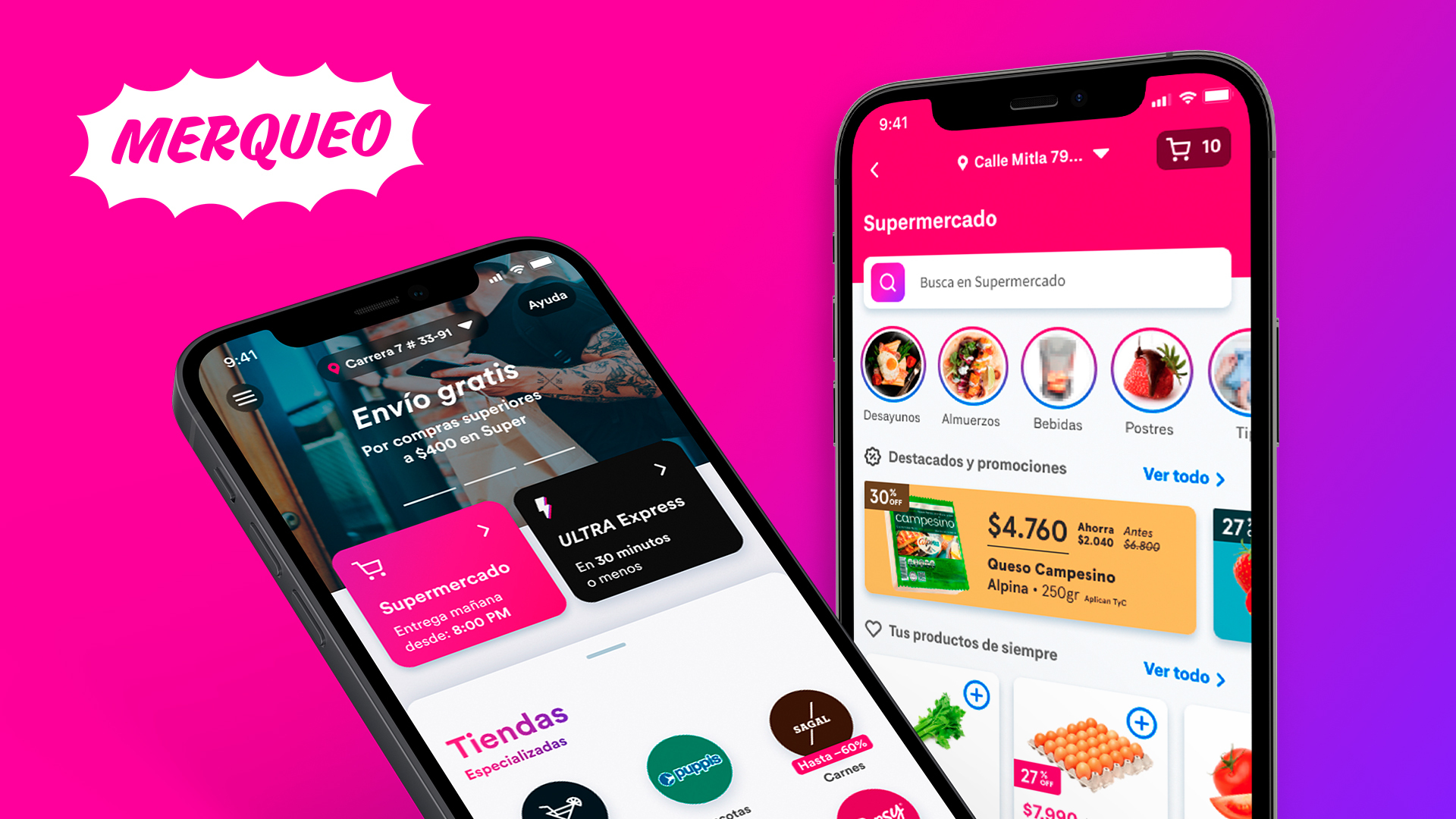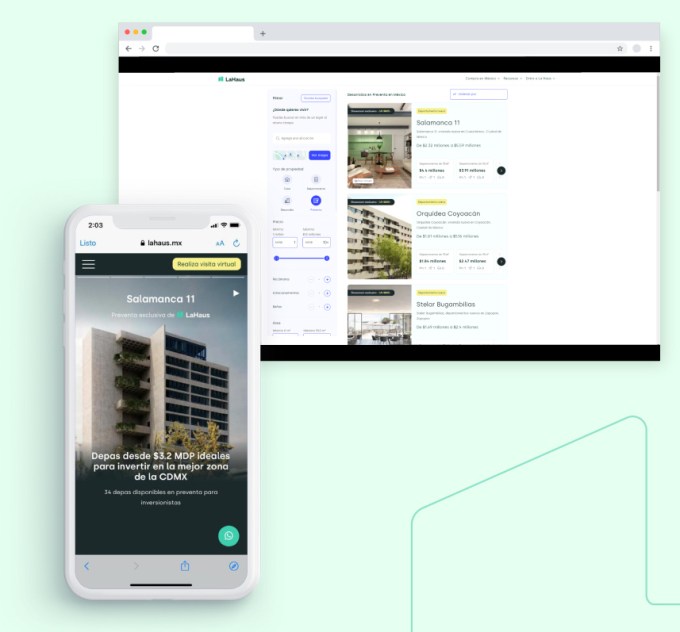Merqueo, which operates a full-stack, on-demand delivery service in Latin America, has landed $50 million in a Series C round of funding.
IDC Ventures, Digital Bridge and IDB Invest co-led the round, which also included participation from MGM Innova Group, Celtic House Venture Partners, Palm Drive Capital and previous shareholders. The financing brings the Bogota, Colombia-based startup’s total raised to $85 million since its 2017 inception.
Merqueo CEO and co-founder Miguel McAllister knows a thing or two about the delivery space in Latin America, having also co-founded Domicilios.com, a Latin American food delivery company that was bought by Berlin-based Delivery Hero and later merged with Brazil’s iFood.
McAllister describes Merqueo as a “pure-play online supermarket with a fully integrated grocery delivery service” that sources directly from large brands and local suppliers, bypassing intermediaries and “delivering directly from its dark store network.” (Dark stores are traditional retail stores that have been converted to local fulfillment centers.”
Merqueo offers more than 8,000 products, including fresh foods, packaged goods, home essentials, beverages and frozen products. It currently operates in more than 25 cities in Colombia, Mexico and Brazil and has over 600,000 users.

Image Credits: Merqueo
It must be doing something right. The startup is close to $100 million in “run-rate revenue,” according to McAllister, having grown more than 2.5x in 2020. Merqueo also reached positive cash flow in Colombia, its most mature market. Over the last year, large Latin American retail chains and retailers have approached the company about potentially acquiring it, McAllister said.
Part of the company’s success might be attributed to the speed and flexibility it offers. Users can choose how and when to receive their groceries according to their needs, with the startup offering delivery in as little as 10 minutes or three to four hours. Users can also schedule delivery of their groceries in two-hour intervals for the same day or the next day.
Also, owning and controlling the “entire” vertical supply chain gives it the ability to obtain better margins, offer competitive pricing and achieve healthy unit economics, according to McAllister.
Merqueo plans to use its new capital in part to expand geographically. The company is currently in phase one of its expansion to Brazil, entering initially in Sao Paulo later this month. Next year, it expects to launch in other Brazilian cities such as Rio de Janeiro, Fortaleza and Salvador de Bahia.
The market opportunity in Latin America is massive considering that online grocery sales only represent just 1% of the market –– far lower than in the U.S., EU or China, for example. Other players in the increasingly crowded space include GoPuff in the U.S., Getir out of Turkey and Mexico-based Jüsto, which raised $65 million in a Series A led by General Atlantic earlier this year.
“The pandemic accelerated the adoption of online grocery shopping in LatAm,” McAllister told TechCrunch. “The region went from 0.3% share of online groceries to 1%. And after the pandemic, we are seeing a 50% increase in the pace of user adoption.” Overall, the $85 billion e-commerce market in Latin America is growing rapidly, with projections of it reaching $116.2 billion in 2023.
Currently, Merqueo has over 1,300 employees in LatAm, up 60% from last year. It plans to continue hiring with the proceeds from the Series C round as well work “to become the largest and most ambitious dark stores network of Latin America.”
Alejandro Rodríguez, managing partner at IDC Ventures, is naturally bullish on Merqueo’s potential.
“From all the opportunities we looked into, Merqueo is undoubtedly the most advanced in the region. … The Merqueo team has proved they know how to scale the business and how to get to profitability,” Rodríguez told TechCrunch.
Online grocery delivery is a business with many technical and operational complexities, he said. In his view, Merqueo’s technology and operational expertise allow it to tackle those issues in a way that has led to “the best customer experience that we have seen in a scalable way.”
“They have the best combination of both great service metrics and healthy unit economics,” Rodríguez added.







